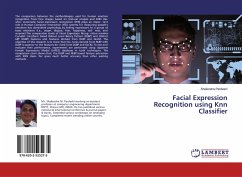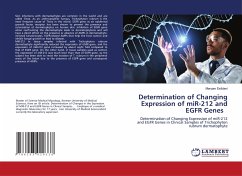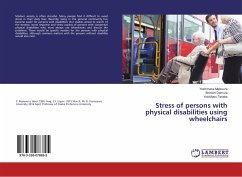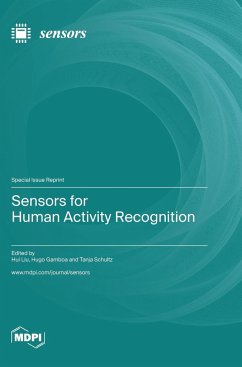
Facial Expression Recognition using Knn Classifier
Versandkostenfrei!
Versandfertig in 6-10 Tagen
27,99 €
inkl. MwSt.

PAYBACK Punkte
14 °P sammeln!
The comparison between the methodologies used for human emotion recognition from face images based on textural analysis and KNN clas- sifier. Automatic facial expression recognition (FER) plays an impor- tant role in Human Computer Interaction (HCI) systems for measuring people's emotions has dominated psychology by linking expressions to a group of basic emotions (i.e., anger, disgust, fear, happiness, sad- ness, and surprise).The comparative study of Facial Expression Recog- nition involves Curvelet transform based Robust Local Binary Pattern (RLBP) and Distinct LBP (DLBP) features and featu...
The comparison between the methodologies used for human emotion recognition from face images based on textural analysis and KNN clas- sifier. Automatic facial expression recognition (FER) plays an impor- tant role in Human Computer Interaction (HCI) systems for measuring people's emotions has dominated psychology by linking expressions to a group of basic emotions (i.e., anger, disgust, fear, happiness, sad- ness, and surprise).The comparative study of Facial Expression Recog- nition involves Curvelet transform based Robust Local Binary Pattern (RLBP) and Distinct LBP (DLBP) features and features derived from DLBP and GLCM. The objective of this research is to show that fea- tures derived from RLBP with DLBP is superior to the features de- rived from DLBP and GLCM. To test and evaluate their performance, experiments are performed using Japanese Female Expressions Model (JAFEE) database in both techniques. The comparison chart shows that, the DLBP and RLBP based feature extractionwith KNN classi- fier gives much better accuracy than other existing methods.












